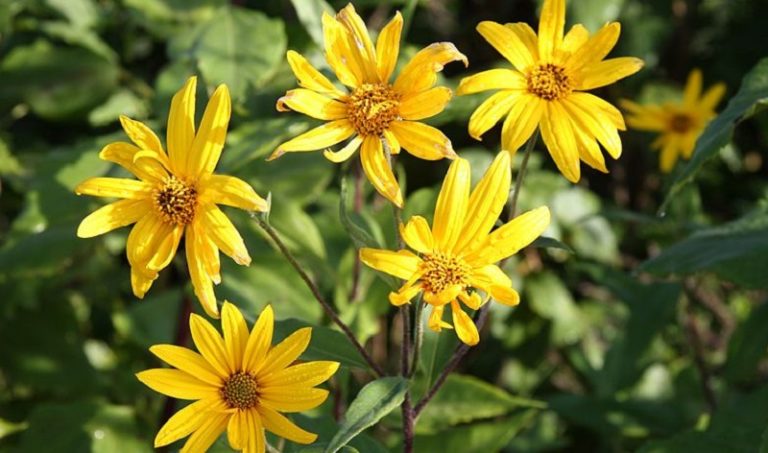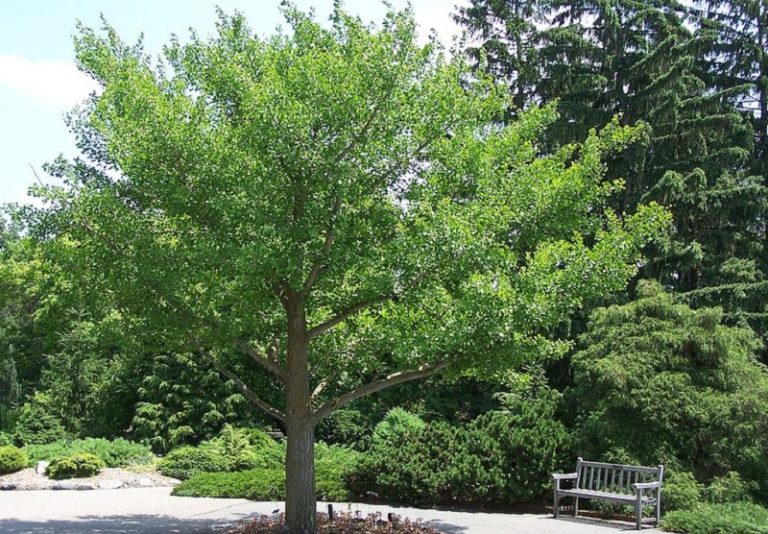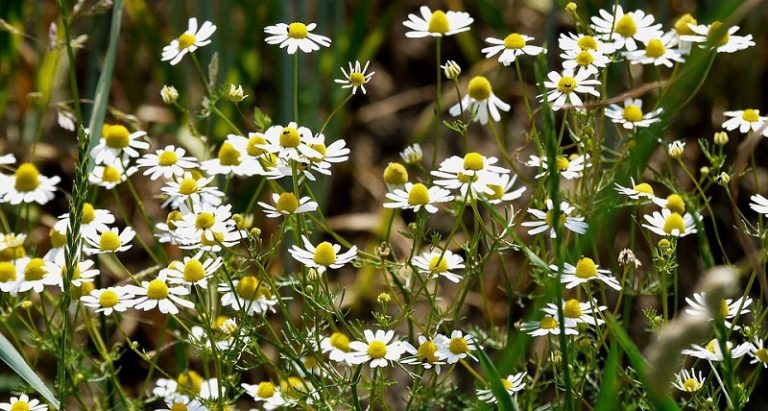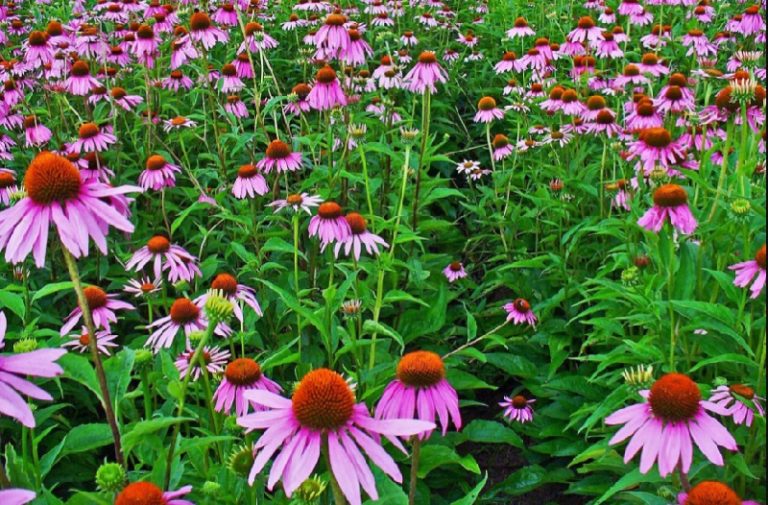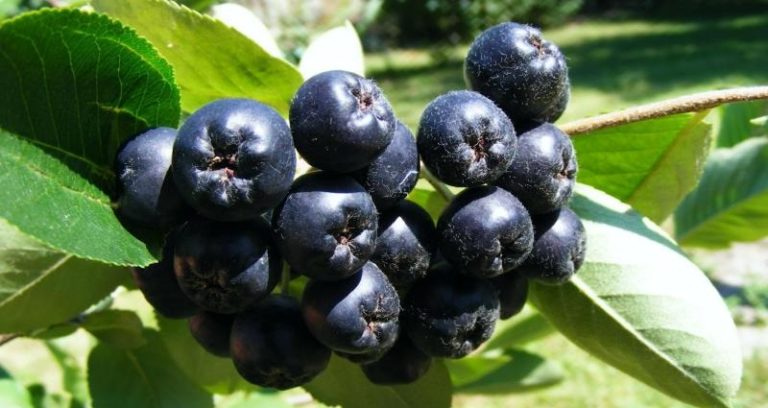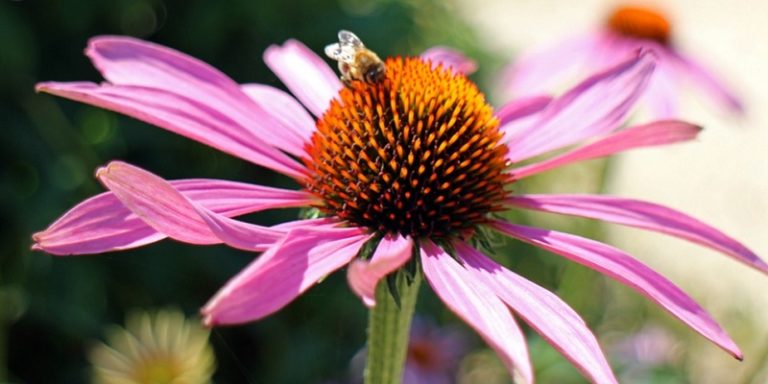Healing properties of aloe. Collection and harvesting
Everyone at home at least once in their life had an aloe pot on the windowsill, because our grandmothers and mothers widely used this plant to treat a huge number of diseases.
An ordinary and familiar home plant with plump leaves that look like curved daggers is willingly grown by housewives because of its healing properties, which we often resort to with the help of. It is believed that the aloe plant is good to have in a house where there are people with chronic diseases who are weakened. In the house where this plant is grown, people get sick less and recover faster.
Aloe (Aloe Vera) is a herbaceous, perennial plant with narrow bluish-green leaves gathered in rosettes. The aloe plant is recognized by folk medicine as a remedy for the treatment and prevention of many diseases.
Chemical composition of aloe
This plant has a rich chemical composition, which explains the beneficial properties of aloe. Aloe juice contains mineral salts, vitamin C, it is rich in B vitamins, vitamins and E, amino acids, it contains tannins, carotenoids, flavonoids, enzymes. Among the macronutrients in the composition of the leaves, calcium is the most (79.1 mg / g), among the trace elements – barium (14.90 μg / g), selenium (11.90 μg / g), and strontium (17.64 μg / g), but especially a lot of lithium (162.00 μg / g) and boron (94.00 μg / g).
Medicinal properties of aloe
Aloe juice perfectly penetrates the tissues and acts as an analgesic at the site of application. It also exhibits bactericidal properties when applied to the skin and mucous membranes for several hours, therefore it is effective in the fight against pathogenic bacteria and microorganisms. Aloe juice is an indispensable remedy for sore throats, pharyngitis, stomatitis and any inflammation of the oral cavity.
The beneficial properties of aloe allow the plant to be used as an anti-inflammatory agent – they treat ulcers, cuts, wounds, burns. In addition to the analgesic effect, aloe also reduces bleeding time and stimulates metabolism in cells, causing tissue regeneration. The inflammatory process slows down, the skin begins to recover and the ulcer heals.
Aloe reduces itching and has an anti-allergic effect. Crushed aloe leaves are added to homemade compresses for the treatment of eczema, dermatitis, allergic manifestations on the skin.
Aloe vera leaf juice is widely used to treat gastrointestinal problems: for the treatment of stomach ulcers, gastritis, and impaired bile outflow. The beneficial properties of aloe include laxative and diuretic effects, the ability to increase the secretion of the digestive glands, promote the production of bile, and improve appetite.
Medicine has long used this valuable plant. Aloe juice is part of many medications. The beneficial properties of aloe are used in the treatment of anemia – the juice is added to syrups containing iron, because it contributes to better absorption of iron.
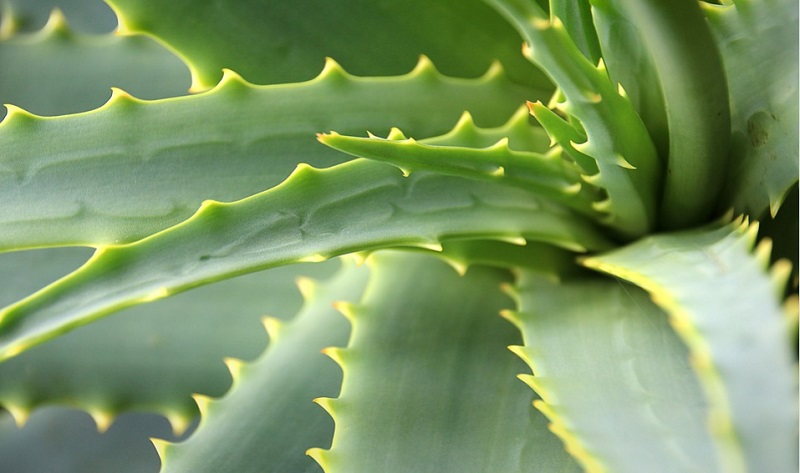
Collection and harvesting of aloe
For medicinal purposes, the lower and middle leaves of aloe are used, which have reached 15 cm. Length. The leaves are cut at the very base to avoid loss of juice. Aloe juice is obtained from the leaves. A condensed juice called sabur is used as a medicine.
The use of aloe vera in folk medicine
In folk medicine, aloe is most often used in the form of juice or alcohol tincture (4 parts of freshly squeezed aloe juice to 1 part of medical alcohol).
Any cut or abrasion, scratch, bruise can be quickly healed by treating the damaged area with aloe juice. To do this, you need to cut the leaf of the flower lengthwise and apply the pulp to the wound. The result will not be long in coming: the pain will quickly pass and the wound will heal.
For acne, rashes and inflammation, as well as for manifestations of increased oily skin, you can wipe the skin with aloe vera juice at night once every 2 weeks.
Calluses can also be easily removed by applying the pulp of an aloe leaf. Every 5 hours, you need to change the sheet to a new one. After 2-3 days, you need to steam the place of the callus and easily remove it.
Colds can be cured with the following composition: 300 g of aloe, 3 tbsp. l. tablespoons of honey, 3 tbsp. l. tablespoons of alcohol. Chop aloe leaves, add honey and alcohol, mix. Take 1 teaspoon 3 times a day.
In case of inflammatory diseases of the duodenum or ulcers, it is necessary to consume 1 teaspoon of aloe half an hour before meals.
Healing properties of aloe vera gel
Гель з листя алое допоможе позбутися шкірних захворювань (вугрової висипки, пігментних плям, подразнень). Для його приготування знадобляться:
- Fresh aloe leaves.
- 500 ml. vitamin C powder (a quarter of the amount of gel obtained).
- 400 ml. vitamin E (a quarter of the amount of gel obtained).
Aloe vera leaves peel
from the peel, chop the pulp and add vitamins E and C to it. Place in a dry and clean container. Store in a cool, dark place.
Different essential oils can be added to the resulting gel, depending on the type of skin. So, for oily skin, you can use tea tree, grapefruit, lemon oils. For dry skin, it is better to add almond, chamomile, sandalwood oils. For problem skin – geraniums or parsley.
Add no more than 3 drops of all essential oils.


